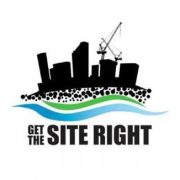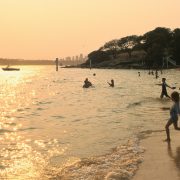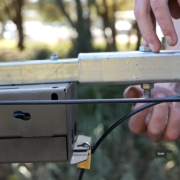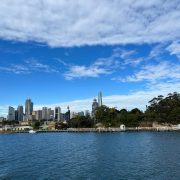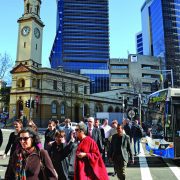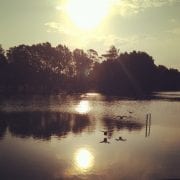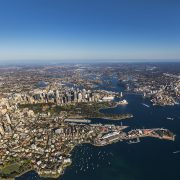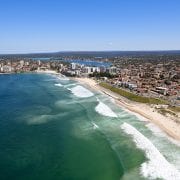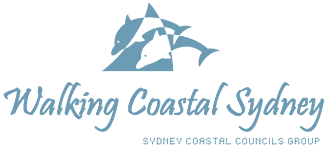Get the Site Right Campaign kicks off for May 2024
MEDIA RELEASE
1 May 2024
Builders urged to ‘get the site right’ to avoid wasting costly building supplies and protect our waterways
Builders and developers are being urged to safeguard their construction materials from high wind and other strong weather events to prevent pollution of local waterways as this year’s Get the Site Right campaign kicks off on Wednesday 1 May.
Now in its eighth year, Get the Site Right is a joint taskforce between the Cooks River Alliance, Georges Riverkeeper, NSW Dept of Planning, Housing and Infrastructure (DPHI), NSW Environment Protection Authority (EPA), Parramatta River Catchment Group, Sydney Coastal Councils Group, WaterNSW, and councils across NSW.
As part of the month-long campaign, officers from the NSW EPA, DPHI, and more than 20 councils will participate in inspections for a one-day compliance blitz on Thursday 16 May.
The 2024 campaign’s focus is on pollution prevention through securing construction materials.
2023’s Get the Site Right blitz saw a 6% increase in compliance between the May and October campaigns and the taskforce is aiming for even higher levels of compliance this year.
To read the full media release, click the link below:
